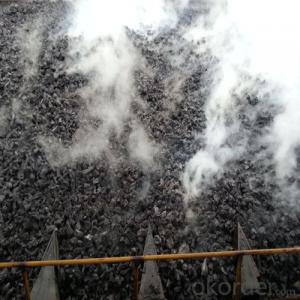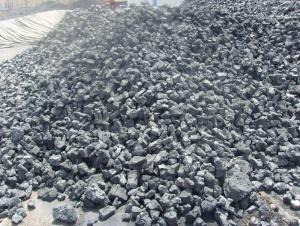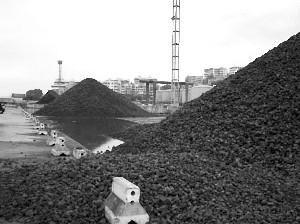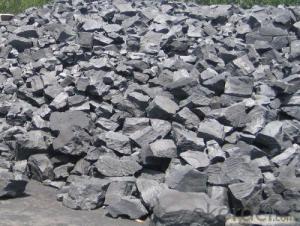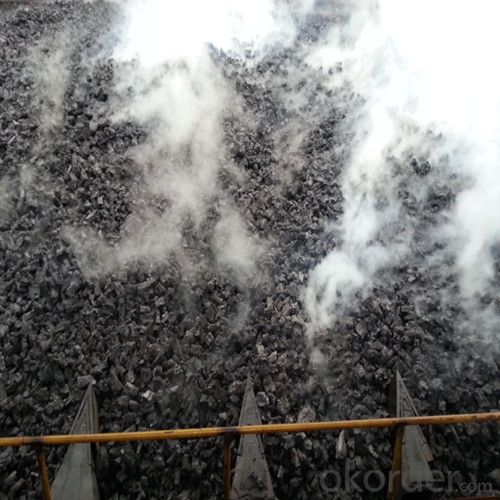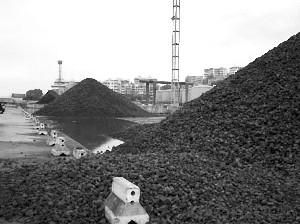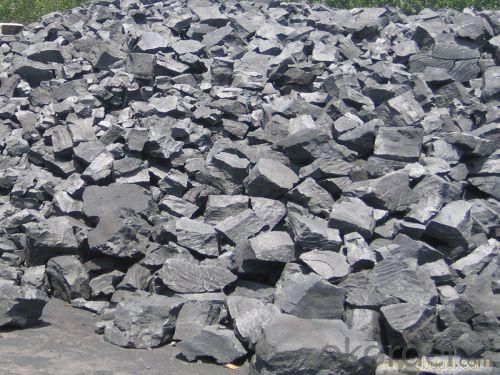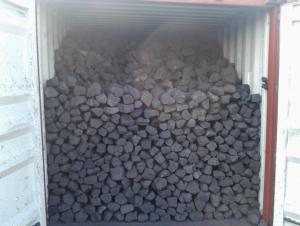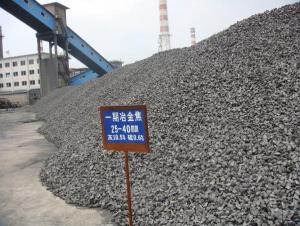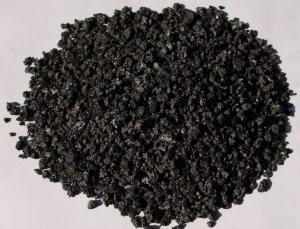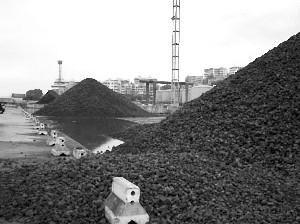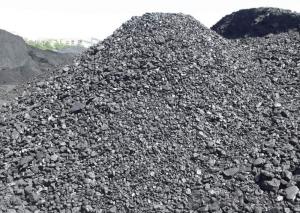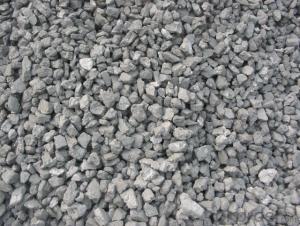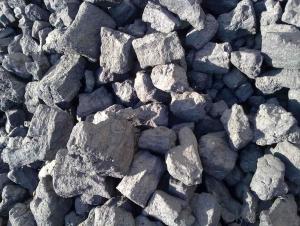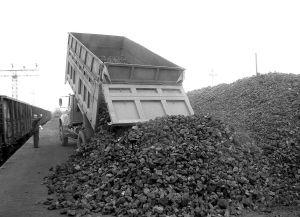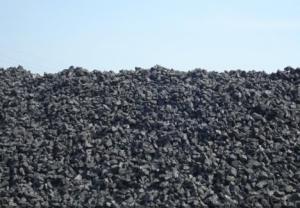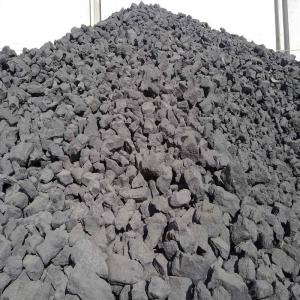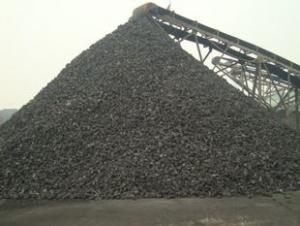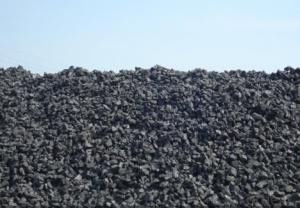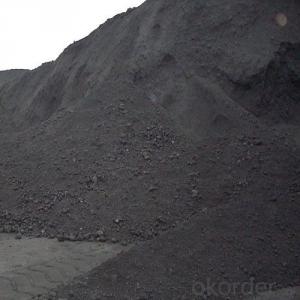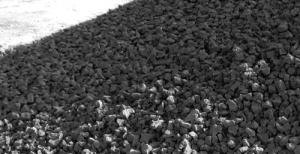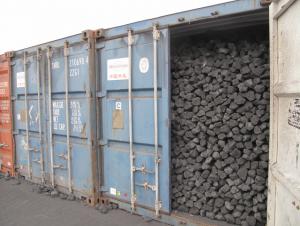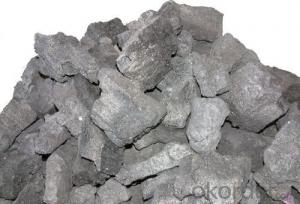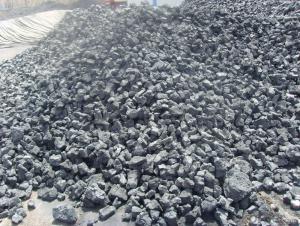CNBM Nut Coke with Low Phosphorous
- Loading Port:
- Tianjin
- Payment Terms:
- TT OR LC
- Min Order Qty:
- 100 m.t.
- Supply Capability:
- 3000 m.t./month
OKorder Service Pledge
OKorder Financial Service
You Might Also Like
1. Structure of Nut Coke with Low Phosphorous Description:
Coke is made by high temperature metallurgical coke for blast furnace smelting, casting and gasification. Occurring in the process of coking after recovery and purification of coke oven gas is a high calorific value of fuel, is an important industrial raw material in organic synthesis.
Coke is mainly used for blast furnace ironmaking and used for copper, lead, zinc, titanium, antimony, mercury and other non-ferrous metal smelting of blast furnace, reducing agent, compound and the function of stock column frame.
Blast furnace with Coke instead of charcoal, which laid a foundation for the large-scale of modern blast furnace, is a major milestone in the history of metallurgy.
2. Main Features of the Nut Coke with Low Phosphorous:
• Quality assurance
• Mutual benefit
• Preferential price
• Various choice
3. Nut Coke with Low Phosphorous Images:

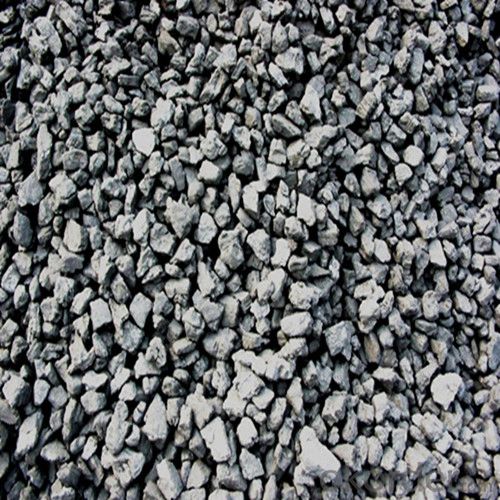
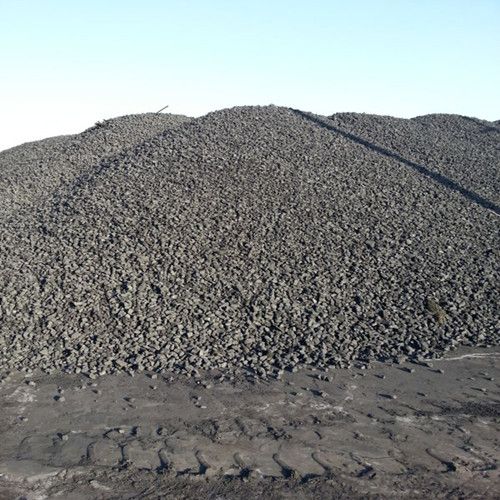
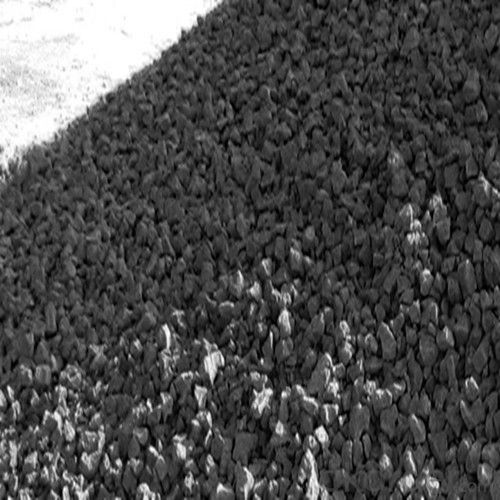
4. Nut Coke with Low Phosphorous Specification:
Parameters | Guarantee | Rejection |
Total Moisture ( As received basis ) | 8% max | |
Ash ( dry basis ) | 12.5% max | > 13.5% |
Volatile Matter ( dry basis ) | 1.5% max | > 1.8% |
Sulphur ( dry basis ) | 0.70% max | > 0.80% |
Phosphorus ( dry basis ) | 0.020% max | > 0.025% |
Size 10-30 mm | 90% min | |
+30 mm | 5% max | > 8% |
-10 mm | 5% max | >8% |
5. FAQ
We have organized several common questions for our clients,may help you sincerely:
1) How to guarantee the quality of the products?
We have established the international advanced quality management system,every link from raw material to final product we have strict quality test;We resolutely put an end to unqualified products flowing into the market. At the same time, we will provide necessary follow-up service assurance.
2) What are coke's main physical properties?
The average heat capacity is 0.808 kj/(KGK) (100 ℃), 1.465 kj/(KGK) (1000 ℃)
Thermal conductivity is 2.64 kj/(MHK) (room temperature), 6.91 kj/(MHK) (900 ℃);
Ignition temperature (air) is 450-650 ℃.
3) How about your company?
Our company began to export coke when China cancelled 40% of coke export tariffs and quotas on January 1, 2013. We export many kinds of coke, such as CSR60 % and CSR 62% metallurgical coke (met coke), the NUT coke of 20 to 50 mm, coke breeze of 3 to 6 mm, and so on.
- Q: What are the companies that produce coke
- Too many enterprises to produce coke. You search on Baidu, coke, a lot of business
- Q: Ask: coking coke tower tower and what is the relationship?If you can give a working principle to explain what is better!Coking tower in oil coking plant
- The question is not clear, according to the words you say should be: coking tower = coke towerThat will not help you
- Q: The total amount of heat released by the fully burnt 200g coke is 60% by mass of 10kg water absorption [q coke =3.0 * 107J/kg, C water =4.2 * 103J/ (kg = C)], q:(1) how much heat is absorbed by water?(2) if the initial temperature of water is 10 degrees C, then, after absorbing heat, the temperature will rise to how much?
- (1) the amount of heat released from complete combustion of coke:Q put =mq=0.2kg * 3 * 107J/kg=6 * 106J.Heat absorbed by water:Q =Q * 106J suction ETA =6 * 60%=3.6 * 106J;(2) Q =cm t suction dreams,Dry water temperatures:Delta t=Q ceilingC water m water=3.6 x 106J4.2 x 103J/ (kg * c) * 10kgC = 85.7,
- Q: Said the details can add points ah
- Visible: the two are called coke crushing strength index, has a certain correlation. Coking coking coal coke, the two general values are relatively large, and vice versa.The specific number of relations, to specific measurement of different manufacturers of coke M40 and M25 values, statistical regression, in order to determine.
- Q: What are the uses of these early industrial iron and steel? Any difference?What kind of carbon do we eat in the middle of a long strip of carbon?
- Coke:The utility model is mainly used for blast furnace ironmaking and smelting of blast furnace for non-ferrous metals such as copper, lead, zinc, titanium, antimony, mercury, etc.. The use of coke instead of charcoal in the blast furnace has laid the foundation for the large-scale development of modern blast furnaces and is a major milestone in the history of metallurgy. In order to achieve better technical and economic indexes of blast furnace operation, the coke (metallurgical coke) must have proper chemical and physical properties. In addition to a large number of coke used in iron smelting and non-ferrous metal smelting (metallurgical coke), but also for casting, chemical, calcium carbide and iron alloy, the quality requirements are different. Such as foundry coke, generally require large size, low porosity, high fixed carbon and low sulfur; chemical gasification, strict requirements for strength, but requires good response, high ash melting point; calcium carbide and coke production requirements to improve the fixed carbon content.
- Q: How to distinguish the level of coke. What is metallurgical coke
- Since more than 90% of metallurgical coke is used for blast furnace ironmaking, it is often referred to as coke. Other more specific can see here:
- Q: Do not understand why some of the indicators of coke is the cause of the full analysis of phosphorus or foundry use of this time?It is best to use the foundry requirements? Thank you
- Foundry coke is used in cupola melting iron will fuel. Because the blast furnace cupola and metallurgical industry is different, only melting effect, without reduction reaction, the furnace is not so dephosphorization, the phosphorus in coke, some will come back to this in the metallurgical molten iron, called "Rephosphorized", this is decided by the principle of thermodynamics and kinetics. To make the original low phosphorus iron phosphorus increased harmful phosphorus. Therefore, the general foundry to buy Coke require low phosphorus coke. Some foundry with part of lime and dolomite in dephosphorization of iron in cupola, in the process, can relax the requirements for coke. However, this is suitable for large-scale, continuous production of iron.
- Q: What does the M40% and M25% mean in the analysis of coke?
- (2) mainly used in: Coal Science and Technology (first level), coal processing and utilization (level two), coal chemistry and coal quality analysis (level three)
- Q: Natural gas can replace coke smelting pig iron
- No, because the coke in the blast furnace to heat, reducing agent, skeleton and carbon supply four functions
- Q: How many degrees of coke ignition temperature can ignite coke
- The average specific heat capacity is 0.808kj/ (KGK) (100 DEG C), 1.465kj/ (KGK) (1000 DEG C);The thermal conductivity is 2.64kj/ (MHK) (room temperature), 6.91kg/ (MHK) (900 DEG C);Ignition temperature (450-650) in air;
Send your message to us
CNBM Nut Coke with Low Phosphorous
- Loading Port:
- Tianjin
- Payment Terms:
- TT OR LC
- Min Order Qty:
- 100 m.t.
- Supply Capability:
- 3000 m.t./month
OKorder Service Pledge
OKorder Financial Service
Similar products
Hot products
Hot Searches
Related keywords
